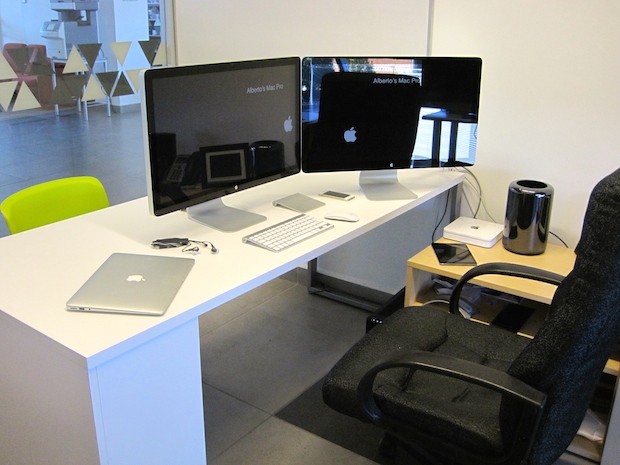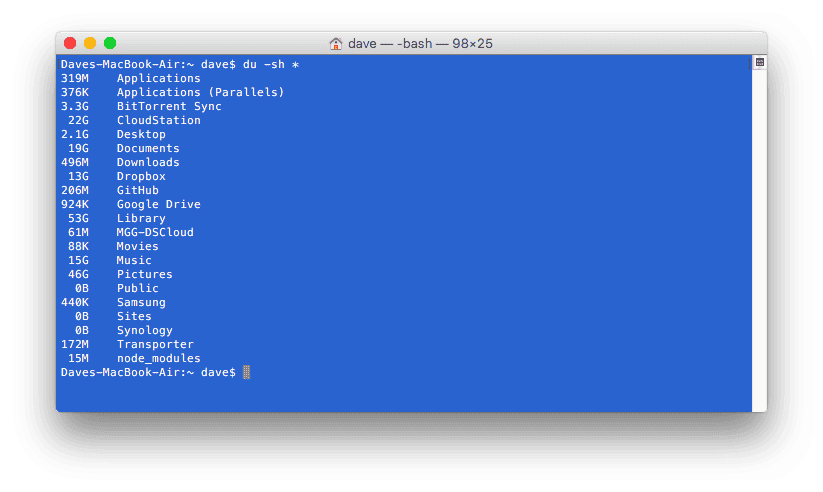- The Windows Terminal is a modern, fast, efficient, powerful, and productive terminal application for users of command-line tools and shells like Command Prompt, PowerShell, and WSL. Its main features include multiple tabs, panes, Unicode and UTF-8 character support, a GPU accelerated text rendering engine, and custom themes, styles,.
- Why use it: It can be much faster to complete some tasks using a Terminal than with graphical applications and menus. Another benefit is allowing access to many more commands and scripts. A common terminal task of installing an application can be achieved within a single command, compared to navigating through the Software Centre or Synaptic.
- Terminal on the Mac is a Cocoa app that pipes stdin (standard in) and stdout (standard out) from the /bin/bash executable file to a human readable application. That's just one of the many things you'll learn in this extensive 21-part video series showing how to use Terminal on a Mac.

Use the inspector to view and manage running processes, and change window titles and background colors. How to use the inspector To browse the Terminal. On your Mac, do one of the following: Click the Launchpad icon in the Dock, type Terminal in the search field, then click Terminal. In the Finder, open the /Applications/Utilities folder, then double-click Terminal.
What Is Terminal On Mac Used For Windows
Terminal may refer to any of the following:
1. The terminal is an interface that allows you to access the command line. To open the terminal on an Apple computer, click the terminal icon (shown to the right) on your Dock.
Related pages


2.Windows Terminal is a next-generation terminal for Windows 10. For more information, see What is Windows Terminal?
3.Terminal describes a group of hardware devices comprising a keyboard and a monitor. A terminal enables a user to communicate with the internal CPU or another network device or computer.
4.HyperTerminal or Terminal was a software program shipped with MicrosoftWindows systems and other operating systems. This program enables a user to connect to another computer or device using their modem or network card.
Related pages
Apple terms, Console, CTTY, DTE, Dummy Terminal, Modem terms, Network terms, Pseudo terminal, RO Terminal, Smart Terminal, Terminal emulation, TTY
Terminal User Guide
Each window in Terminal represents an instance of a shell process. The window contains a prompt that indicates you can enter a command. The prompt you see depends on your Terminal and shell preferences, but it often includes the name of the host you’re logged in to, your current working folder, your user name, and a prompt symbol. For example, if a user named michael is using the default zsh shell, the prompt appears as:
This indicates that the user named michael is logged in to a computer named MacBook-Pro, and the current folder is his home folder, indicated by the tilde (~).
Open Terminal
On your Mac, do one of the following:
Click the Launchpad icon in the Dock, type Terminal in the search field, then click Terminal.
In the Finder , open the /Applications/Utilities folder, then double-click Terminal.
Quit Terminal
In the Terminal app on your Mac, choose Terminal > Quit Terminal.
Quit a shell session

In the Terminal app on your Mac, in the window running the shell process you want to quit, type
exit, then press Return.
This ensures that commands actively running in the shell are closed. If anything’s still in progress, a dialog appears.
What Is Terminal On Mac Used For Sale
If you want to change the shell exit behavior, see Change Profiles Shell preferences.
What Is Terminal On Mac Used For Iphone
